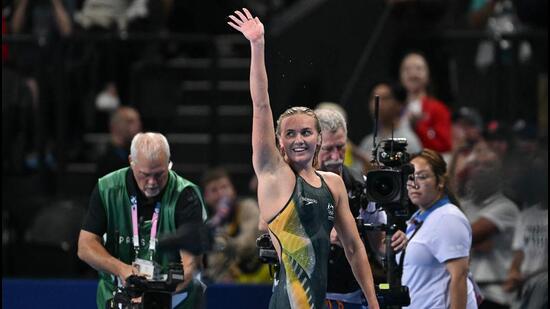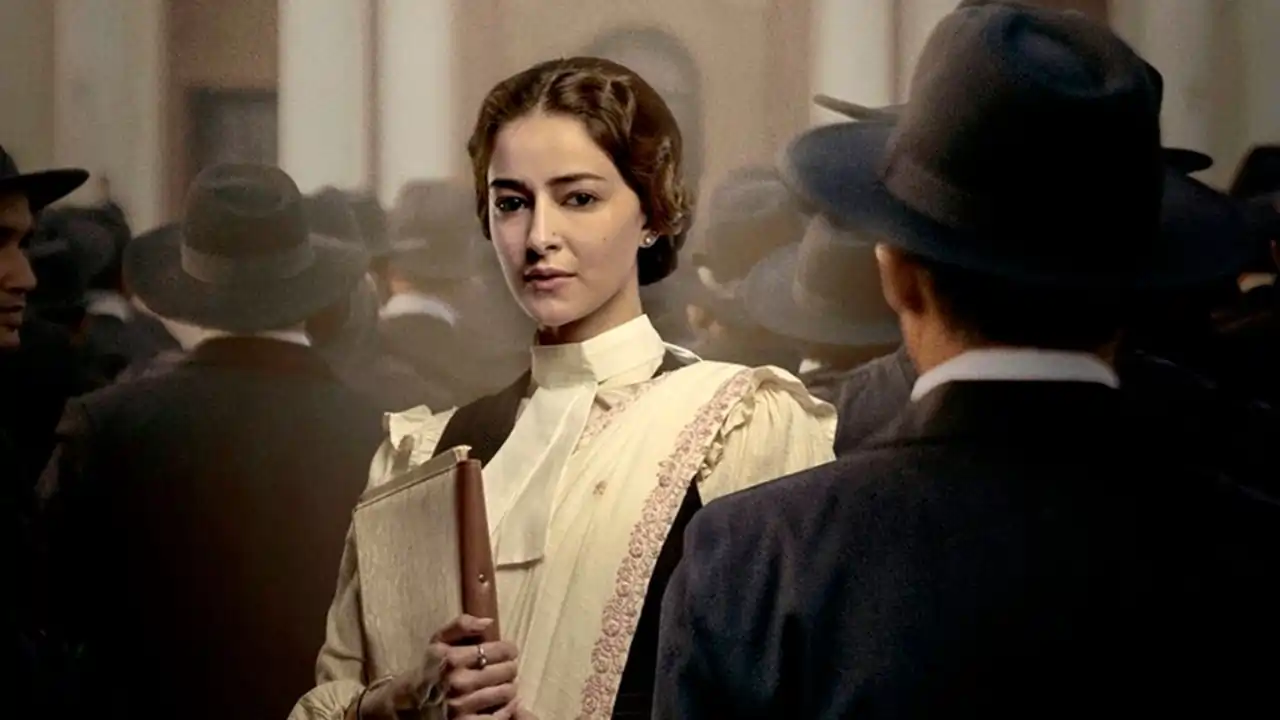
Swimming to Olympics success, the Aussie way
8 months ago | 118 Views
Paris: Rohan Taylor, head coach of the Australian national swimming team, sums up why Australia, with a population that is a tiny percentage of the powerhouses it is up against, has a pipeline that keeps the talent flow going.
“Number one, with a population of 27 million, we have to be designed and very specific in our approach. Number two, we can’t get it wrong. Because we don’t have a lot to choose from, going up against the rest of the world, particularly America and China with a billion people. We can’t just waste our talent. So, we are always looking,” he told HT.
And they invariably find it. USA continue to glide on in topping swimming medal charts at the Games, but Australia have been catching up. By the end of the second night of swimming events at the Paris Olympics on Sunday, Australia had as many gold medals as USA (2). The Aussies in fact got going first courtesy Ariarne Titmus and the women’s 4x100 freestyle relay. At the Tokyo Olympics, they had nine gold medals to USA’s 11, finishing a runaway second above Great Britain and China. That was a big swing from 2016 Rio (3 gold) and 2012 London (1 gold).
Taylor took over as the national head coach at the peak of the pandemic in 2020, with less than a year to go for Tokyo. He went back to the model that got success through the 1990s but one from which he believed they had “kind of wavered” from. “We reinvested in that structure again,” he said.
One that keeps giving the world a spread of top-class swimmers, especially in women. There’s Emma McKeon, 30, Kaylee McKeown, 23, and Titmus, 23. And then there’s Mollie O’Callaghan, a 20-year-old 2023 Worlds five–time gold medallist who is already challenging Titmus domestically and globally.
That structure comprises eight high performance centres, known as performance hubs, scattered across different states. Each one is synced with the most integral part of it — the root. Swimming Australia appoints national youth technical leads, which collaborates with coaches at swimming clubs in every town. States run their own talent identification leagues where raw prospects first get noticed.
“We have a relationship from clubs and states all the way through. You start swimming at your local club, then state championships, then state talent leagues. Then if they swim faster, Swimming Australia comes in and brings them into what we call national event camps,” Taylor said.
It’s not just about picking out talent as a whole. Through next generation camps, they seek stroke-specific youngsters. “We look for breaststrokers, backstrokers and then bring them in and hold purposeful stroke camps. The idea is to find talent early, get them into our system, educate them and their coaches,” said Taylor.
They start doing that around age 13-14 for girls and 14-15 boys. Big believers in multi-sport development, the Aussies don’t go rigid and deep too early. But what they do see as one of the early trait indicators is “competitive IQ”.
“Their ability to get on to the blocks and swim fast and say, ‘let’s get on the medal dais’. Because you need to be competitively intelligent around racing,” Taylor said. “You also see someone with good, natural feel of the water. And then we start influencing their technical and training development and look at their physiological markers.
“But that doesn’t mean you don’t find that one diamond in the rough, where you’ll see a kid with good natural talent and technique but might not be getting on to the podiums. That’s where the coaches that we work with, if they come and give us a heads-up, we intervene and help provide some support — whether at state level or national level.”
All these potential swimmers then assemble in combined training camps at national level. The eight performance hubs have their reach all across — three in Queensland and one each in New South Wales, Melbourne, South Australia, Western Australia and the Australian Institute of Sport.
“That’s where performance support will start capturing some footage, getting some data around them, do some test sets. That is then handed over to the coach; to take that data and go back to your home programme and build on that. It therefore becomes a bit of a performance service centre for them,” Taylor said.
Walking all along this pathway to the elite are the swimmers’ personal coaches. Taylor believes the country has some of the “world’s best coaches” down to the club level, and for them it’s about working as a collaborative group. Even when they become part of the Worlds or the Olympics squad.
“When they get to the level of Titmus or Kaylee, they (coaches) are very much involved in that. Because they’re setting the standards of what they want to achieve,” Taylor said. “So for us it’s then about sitting down together and saying — this is where the areas of improvement are, this is how we’re going to train for that, and get them (personal coaches) to be part of that.”
The structure is coherent, concrete and continuous. And it ensures the pipeline consistently churns out talents like Titmus and, soon enough, O’Callaghan.
“The key thing is we have a very high set standard. We know what it looks like, so then we know what we’re looking for below,” Taylor said. “We’ve got the right coaches and the right performance support around, which will say, ‘hey, this is our standard and here comes somebody who has a lot of attributes of it’. So, you start moving them on a similar path and then the specifics around that will be dictated.”
Australia’s Tokyo performance reiterated the success of the structure. Paris is another big test of it.
“In Tokyo, we had a group that was really hungry to perform. And we have the same group in Paris. It doesn’t guarantee the same medals, but what I do guarantee is that they’ll be in the hunt and in the fight,” Taylor said. “That is where the competitive IQ we’re looking for comes in. These athletes, when they were younger, loved to compete. If they didn’t, they were going to shy away when it got to this point.”
Read Also: Paris 2024: Unruffled Lakshya Sen wins, Christie test next
#




















